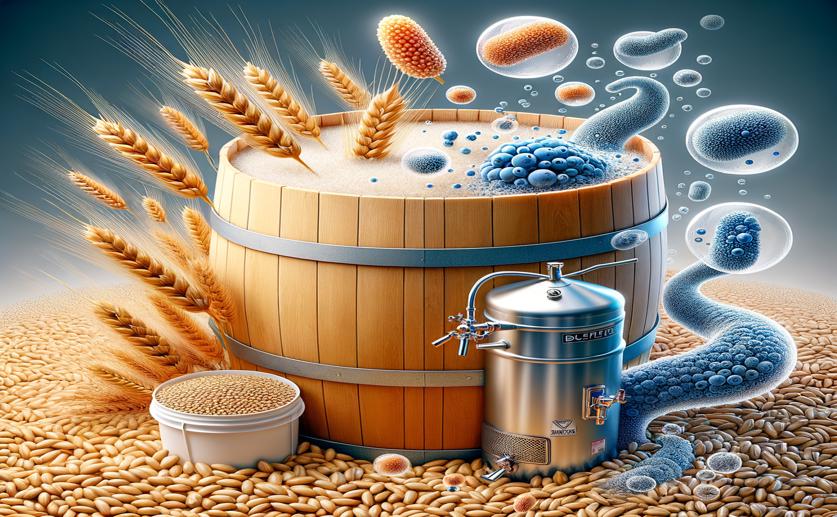
How Barley Fermentation Produces Gas and Greenhouse Gases with Helpful Bacteria
Jim Crocker
10th June, 2024

Image Source: Natural Science News, 2024
Key Findings
- The study took place in Inner Mongolia and focused on greenhouse gas (GHG) production during barley silage fermentation
- Adding lactic acid bacterial (LAB) additives to barley silage significantly reduced GHG emissions compared to untreated silage
- LAB additives also improved fermentation quality and reduced weight loss during the initial stages of fermentation
References
Main Study
1) Dynamics of gas and greenhouse gases production during fermentation of barley silage with lactic acid bacteria
Published 9th June, 2024
https://doi.org/10.1186/s40538-024-00606-9
Related Studies
2) Altering bacterial community: A possible way of lactic acid bacteria inoculants reducing CO2 production and nutrient loss during fermentation.
3) Influence of lactobacillus spp. from An inoculant and of weissella and leuconostoc spp. from forage crops on silage fermentation.
Journal: Applied and environmental microbiology, Issue: Vol 64, Issue 8, Aug 1998



 15th January, 2024 | Jenn Hoskins
15th January, 2024 | Jenn Hoskins